Refine listing
Actions for selected content:
2250 results in Cambridge Elements
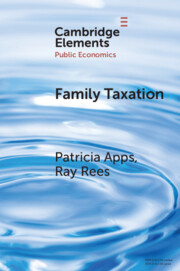
Family Taxation
-
- Published online:
- 21 April 2025
- Print publication:
- 22 May 2025
-
- Element
- Export citation
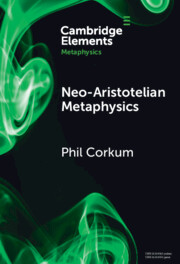
Neo-Aristotelian Metaphysics
-
- Published online:
- 21 April 2025
- Print publication:
- 22 May 2025
-
- Element
- Export citation
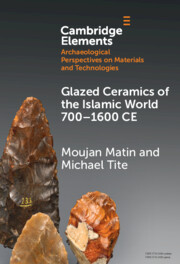
Glazed Ceramics of the Islamic World 700–1600 CE
-
- Published online:
- 17 April 2025
- Print publication:
- 08 May 2025
-
- Element
- Export citation
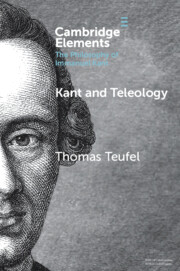
Kant and Teleology
-
- Published online:
- 17 April 2025
- Print publication:
- 08 May 2025
-
- Element
- Export citation
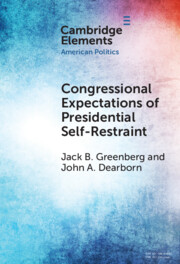
Congressional Expectations of Presidential Self-Restraint
-
- Published online:
- 15 April 2025
- Print publication:
- 22 May 2025
-
- Element
- Export citation
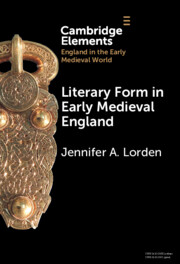
Literary Form in Early Medieval England
-
- Published online:
- 14 April 2025
- Print publication:
- 08 May 2025
-
- Element
- Export citation
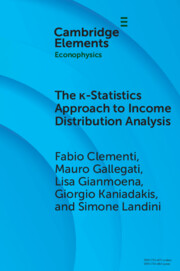
The κ-Statistics Approach to Income Distribution Analysis
-
- Published online:
- 11 April 2025
- Print publication:
- 08 May 2025
-
- Element
- Export citation
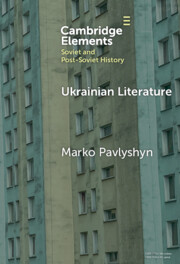
Ukrainian Literature
- A Wartime Guide for Anglophone Readers
-
- Published online:
- 11 April 2025
- Print publication:
- 08 May 2025
-
- Element
- Export citation
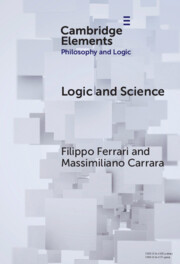
Logic and Science
- An Exploration of Logical Anti-Exceptionalism
-
- Published online:
- 10 April 2025
- Print publication:
- 10 April 2025
-
- Element
-
- You have access
- Open access
- HTML
- Export citation
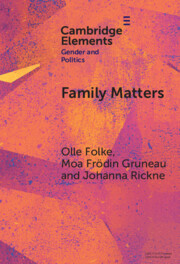
Family Matters
- How Romantic Partners Shape Politicians' Careers
-
- Published online:
- 10 April 2025
- Print publication:
- 10 April 2025
-
- Element
-
- You have access
- Open access
- HTML
- Export citation
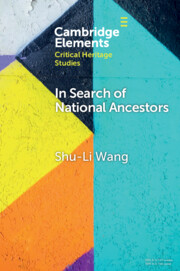
In Search of National Ancestors
- Heritage, Identity and Placemaking in China
-
- Published online:
- 08 April 2025
- Print publication:
- 08 May 2025
-
- Element
- Export citation
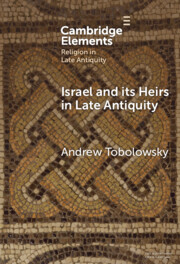
Israel and its Heirs in Late Antiquity
-
- Published online:
- 08 April 2025
- Print publication:
- 08 May 2025
-
- Element
- Export citation
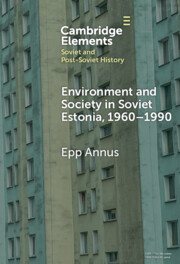
Environment and Society in Soviet Estonia, 1960–1990
- An Intimate Cultural History
-
- Published online:
- 07 April 2025
- Print publication:
- 08 May 2025
-
- Element
-
- You have access
- Open access
- HTML
- Export citation
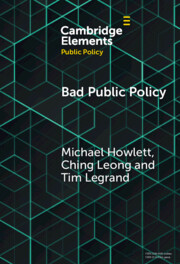
Bad Public Policy
- Malignity, Volatility and the Inherent Vices of Policymaking
-
- Published online:
- 07 April 2025
- Print publication:
- 08 May 2025
-
- Element
-
- You have access
- Open access
- HTML
- Export citation
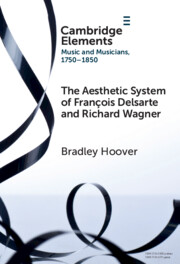
The Aesthetic System of François Delsarte and Richard Wagner
- Catholicism, Romanticism, and Ancient Music
-
- Published online:
- 07 April 2025
- Print publication:
- 08 May 2025
-
- Element
- Export citation
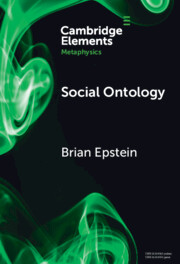
Social Ontology
-
- Published online:
- 07 April 2025
- Print publication:
- 08 May 2025
-
- Element
-
- You have access
- Open access
- HTML
- Export citation
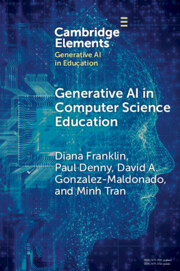
Generative AI in Computer Science Education
- Challenges and Opportunities
-
- Published online:
- 05 April 2025
- Print publication:
- 24 April 2025
-
- Element
- Export citation
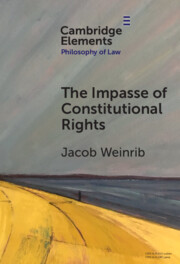
The Impasse of Constitutional Rights
-
- Published online:
- 04 April 2025
- Print publication:
- 06 March 2025
-
- Element
- Export citation
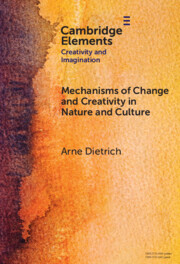
Mechanisms of Change and Creativity in Nature and Culture
-
- Published online:
- 03 April 2025
- Print publication:
- 03 April 2025
-
- Element
- Export citation
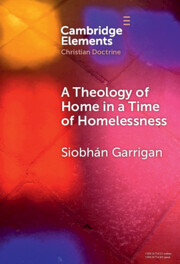
A Theology of Home in a Time of Homelessness
-
- Published online:
- 03 April 2025
- Print publication:
- 08 May 2025
-
- Element
-
- You have access
- Open access
- HTML
- Export citation
